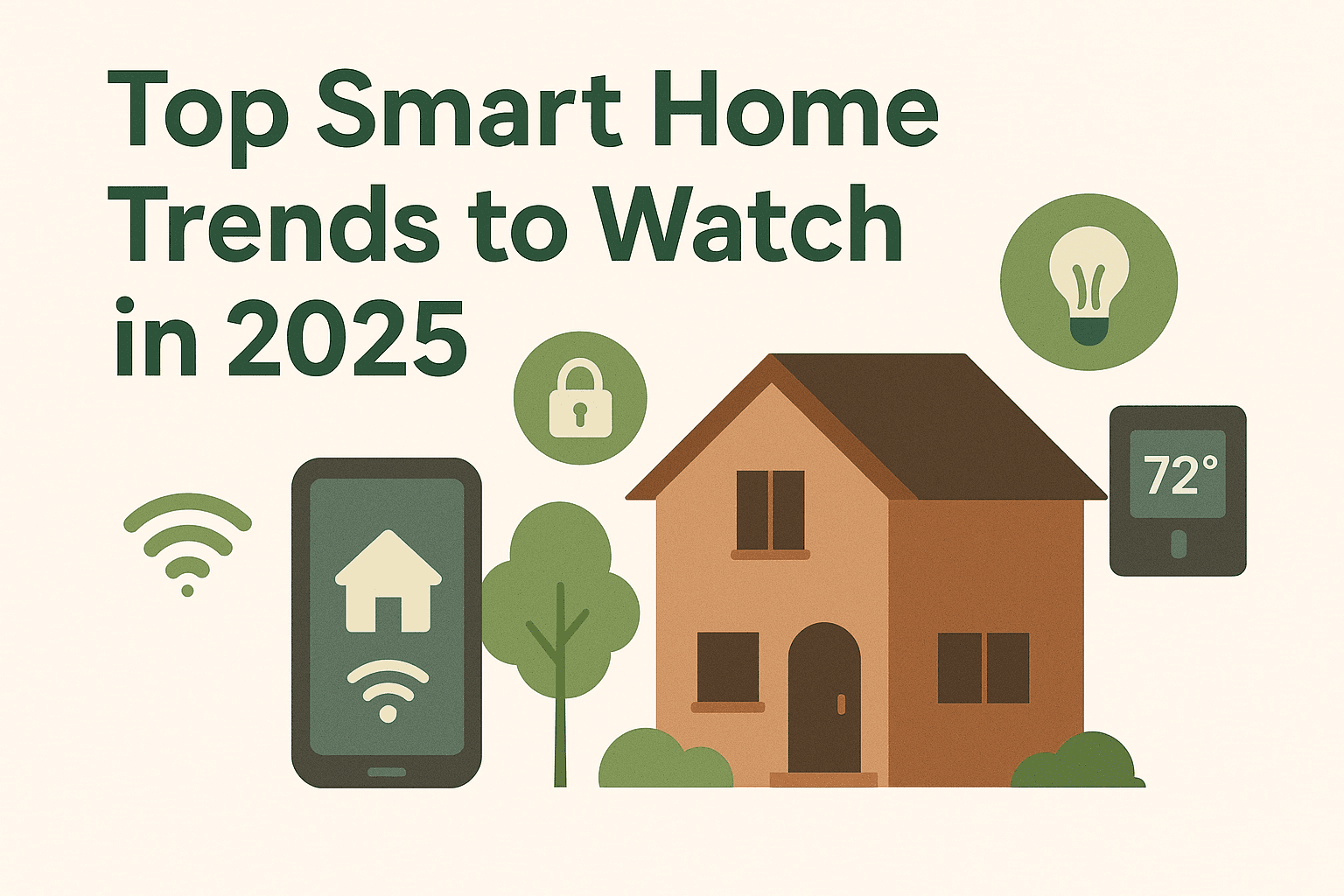Quantum Computing Breakthroughs in 2025

Quantum computing has reached an inflection point in 2025. While it won’t replace classical computers, quantum systems are solving specific problems that were previously infeasible. Here’s what’s real, what’s next, and how to prepare.
1. Error Correction Milestone Researchers improved qubit stability and lowered error rates, enabling longer, more reliable computations. Error-correcting codes and smarter compilation reduce noise.
2. Drug Discovery and Materials Pharmaceutical and materials companies simulate molecular interactions more accurately, narrowing candidates and reducing lab cycles.
3. Climate and Optimization Quantum approaches augment complex models—routing logistics, energy grids, and climate scenarios—via hybrid workflows.
4. Cryptography and Security Post-quantum cryptography standards are rolling out to protect data against future quantum threats. Organizations are inventorying cryptographic assets and planning upgrades.
5. Hybrid Computing Most practical workflows pair classical and quantum resources, using each where it’s strongest.
Getting Started - Learn basics: Qubits, gates, and measurement. - Try SDKs: Vendor sandboxes with free tiers. - Focus on domains with clear advantage (chemistry, optimization).
FAQs - Will quantum break all encryption? Not overnight—transition to post‑quantum algorithms is underway. - Can I run quantum apps at home? You can prototype via cloud access; hardware remains specialized.
Conclusion Quantum computing complements classical systems. Expect steady, domain-specific progress that unlocks new efficiencies rather than wholesale replacement.
Related Topics (Ads):
Advertisements - Sponsored content related to this topic
Related Topics
Quantum ComputingTechnologyInnovationScienceFuture Tech


